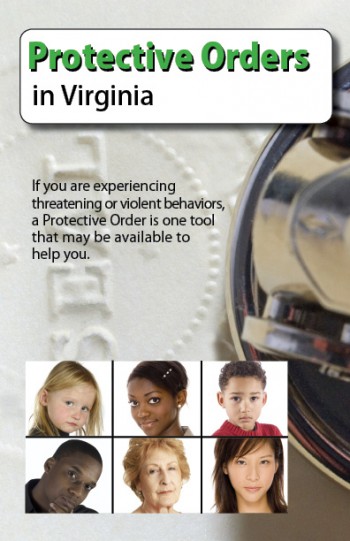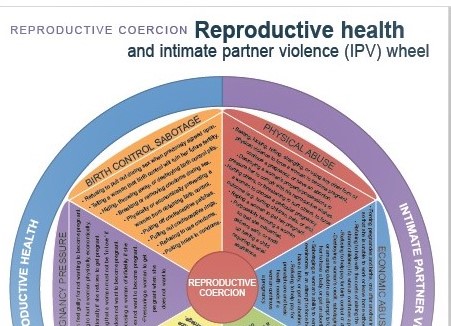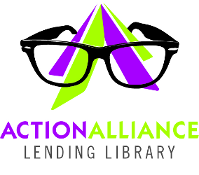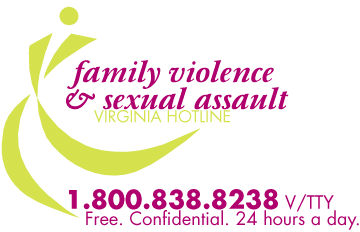Resources Library: For Victims/Survivors
Start a Search:
Protective Order Booklet (English)

A pamphlet that thoroughly and plainly describes Virginia's Protective Order process. Includes: What is a Protective Order (P.O.)? Who is eligible to ask for one? Where to request a P.O.? What are the 3 types of P.O.s? What can a P.O. do? How do I ask for an Emergency P.O.? Where do I go to petition for a Family Abuse P.O.? Where do I petition for a (General District Court) Protective Order? Now that I have a P.O., what do I need to know? Also includes information about Protective Orders for teen dating violence, and guidance for the Lesbian/Gay/Bi-Sexual/Transgender (LGBT) Community. 16 pages. Published July 2011.
Order brochures and other materials from the Action Alliance.
Protective Order Laws: 2011-2013
Power Point describing changes to Virginia's Protective Order laws from 2011-2013 (presented to the Young Lawyers Conference of the Virginia State Bar on May 8, 2013).
Protective Orders in Virginia - A Training
Virginia Sexual and Domestic Violence Action Alliance staff produced this power point presentation to train sexual and domestic violence advocates on the Virginia protective order process. This 31-slide presentation provides an overview of the different types of protective orders, describes how individuals can petition for them and how they work, and includes links to relevant VA Code sections.
Reproductive Health and Intimate Partner Violence Wheel

Reproductive Health and Intimate Partner Violence Wheel provides definitions and examples of reproductive coercion and intimate partner violence. The wheel can be used as a training tool for advocates and service providers, as well as a supportive and enlightening resource for survivors.
Resources for Survivors who are d/Deaf or Hard of Hearing in Virginia
This video explains elements of intimate partner abuse and the resources available for support in American Sign Language to survivors in the Commonwealth.
This video was created by the Ensuring Accessibility to All Survivors project (an expansion of the I-CAN! Virginia project) in collaboration with the Partnership for People with Disabilities, a University Center for Excellence in Developmental Disabilities at Virginia Commonwealth University, and the School of Social Work at Virginia Commonwealth University.
To view the video, click here: https://youtu.be/OM4LxKmziIg

